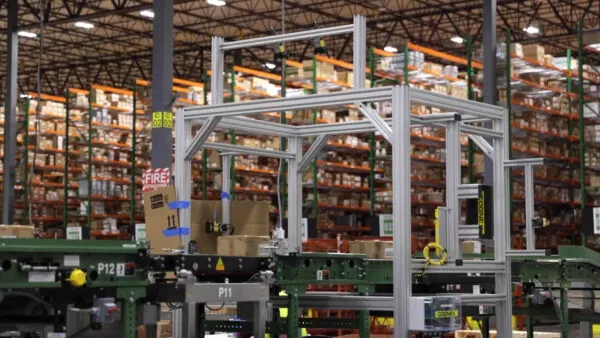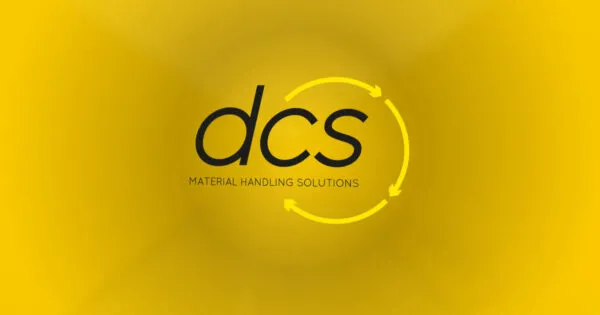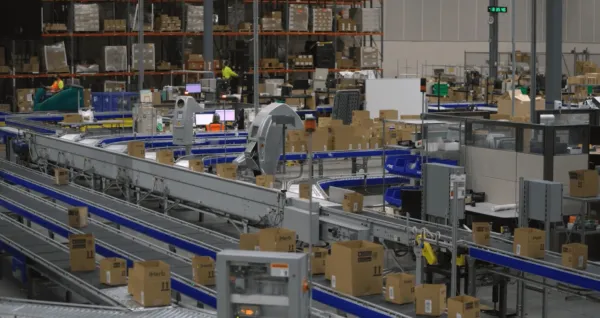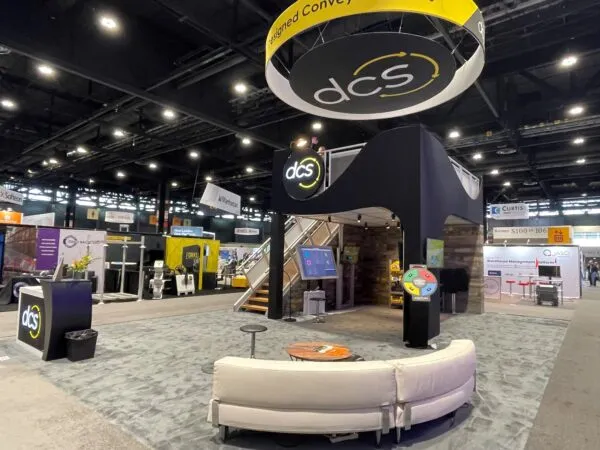As the Covid-19 pandemic made clear, risk is inherent across every aspect of every company’s supply chain. Indeed, risk is something that cannot actually be reduced. It is, however, something that can be anticipated, with plans and strategies put in place that are designed to mitigate supply chain risks. Applying these tactics can help a company reduce the potential negative impacts a supply chain disruption could have on its ability to meet its customers’ expectations.
How effective will those strategies be? To find out, an organization can engage a supply chain consulting expert to perform a supply chain risk assessment. This evaluation helps to identify risks both internally and externally. It also determines the potential effectiveness of an existing risk mitigation plan — or develops one if no strategy currently exists — and recommends measures to help counteract the effects of a disruption.
This comprehensive guide explores possible supply chain risks, the role of a consultant in evaluating those risks, and the key areas of focus in a risk assessment.
Understanding Supply Chain Risks
There are several vulnerabilities common to all supply chains. Broadly speaking, these encompass the areas of material planning, procurement, transportation, distribution, and operations.
Consider procurement. If a single supplier is the sole source of a component or product, a company exposes itself to risk should that supplier’s operation become compromised. The risks surrounding that sourcing model are multi-fold. From a geopolitical perspective, goods purchased from a supplier located in a country that may soon be assessed tariffs will increase in cost.
Or, an organization may source 20% of their products from sole source vendors. If they don’t have a backup for these suppliers — and the vendor goes out of business, for example — then the company has not effectively mitigated its risk of inventory disruption.
Extreme weather, natural disasters, fire, political upheaval, port strikes, damaged infrastructure — all can knock a supplier out of commission. Without a backup supplier (or suppliers) for these items, a company won’t be able to meet its commitments to its customers.
The distance between a supplier’s geographic location and a shipment’s destination also poses a degree of risk. Products transported to the U.S. from China via cargo ship can require as much as eight weeks lead time; the same items from a supplier in Mexico arrive in significantly shorter delivery windows.
Internal processes that are neither optimized nor resilient also contribute to supply chain vulnerabilities. The methodologies used to receive, put away, pick, pack, and ship inventory are likely designed for products received from primary suppliers. Items from a backup vendor, however, may arrive in different packaging, quantities, or unit loads, for example. The ease with which those processes adapt to such sourcing shifts can likewise pose a risk.
The Role of Supply Chain Consulting in Risk Mitigation
To determine if an organization has taken adequate steps to prepare for the unexpected, an independent warehousing consultant can be engaged. This unbiased, third-party expert will systematically identify and evaluate a company’s end-to-end supply chain risks and existing mitigation plans. The consultant will then recommend strategic measures to bolster resilience when disruptions occur.
When engaging a supply chain consultant to perform a supply chain risk assessment, it’s important to work with a firm that has extensive distribution experience — such as Waller & Associates, a subsidiary of DCS. Consultants with a background in supply chain understand the risks an organization faces, as well as their potential impact. They also possess a deep understanding of the range of measures that can be implemented to mitigate those risks.
As the consultant conducts the supply chain risk assessment, they will first identify all potential vulnerabilities. This includes mapping the organization’s current supply chain across its multiple channels, such as suppliers, manufacturers, logistics, distribution, and transportation. The consultant will document both internal risks (such as operational inefficiencies, technology failures, and workforce issues) and external risks (like natural disasters, geopolitical issues, supplier disruptions, regulatory changes, and cyberattacks).
Next, the consultant will evaluate all existing processes and plans across each area. Each is scored based on how effective — or ineffective — each strategy is likely to be. That is, how well will it enable the company to either adapt to disruption or mitigate risk in its supply chain. This part of the risk assessment leverages both internal and external data to help identify which risks are of the highest priority. The analysis often includes data from historical events, industry trends, supplier performance, and sector benchmarking.
Areas of Focus for Supply Chain Consultants
Ultimately, a supply chain risk assessment concludes with recommendations from the consultant regarding the company’s mitigation strategies. By reviewing each of the processes and plans, supply chain optimization consulting provides suggestions to improve operational resilience. These could include:
- Supplier diversification to avoid reliance on a single supplier or geographic region and to establish backup sources.
- Supply chain network design reviews to optimize warehouse locations geographically.
- Modifications and planned alternatives to transportation and logistics carriers and shipping routes for greater flexibility.
- Establish or revise safety stock levels to accommodate demand fluctuations or supply delays.
- Leverage demand forecasting for more accurate inventory availability while reducing carrying costs.
- Implementing software, such as warehouse management systems (WMS) and warehouse execution systems (WES), to maximize operational efficiency through continuous updates on stock levels, locations, and movement.
- Utilizing warehouse automation and robotics to compensate for labor shortages, improve accuracy, and streamline order processing.
The Future of Supply Chain Risk Management
Conducting a supply chain risk assessment can be a time-consuming, but critically important, endeavor. It is an acknowledgment that there will always be supply chain disruptions. Proactively developing a strategy to mitigate each of the risks — and validating that plan’s anticipated effectiveness in addressing the unexpected — protects an organization’s bottom line.
Notably, a supply chain risk assessment is not a “one-and-done” project. The world is not static; a risk mitigation plan shouldn’t be either. Best practice is to review response plans annually to address any new or changing vulnerabilities.
Ready to ensure resilience, minimize the impact of disruptions, and enhance operational efficiencies? Engage the consulting team at Waller & Associates to undertake a supply chain risk assessment. With a combined 90-plus years of hands-on expertise advising operations in both commercial and government sectors, our team can help your organization validate and improve its risk mitigation strategies. Connect with us today.









